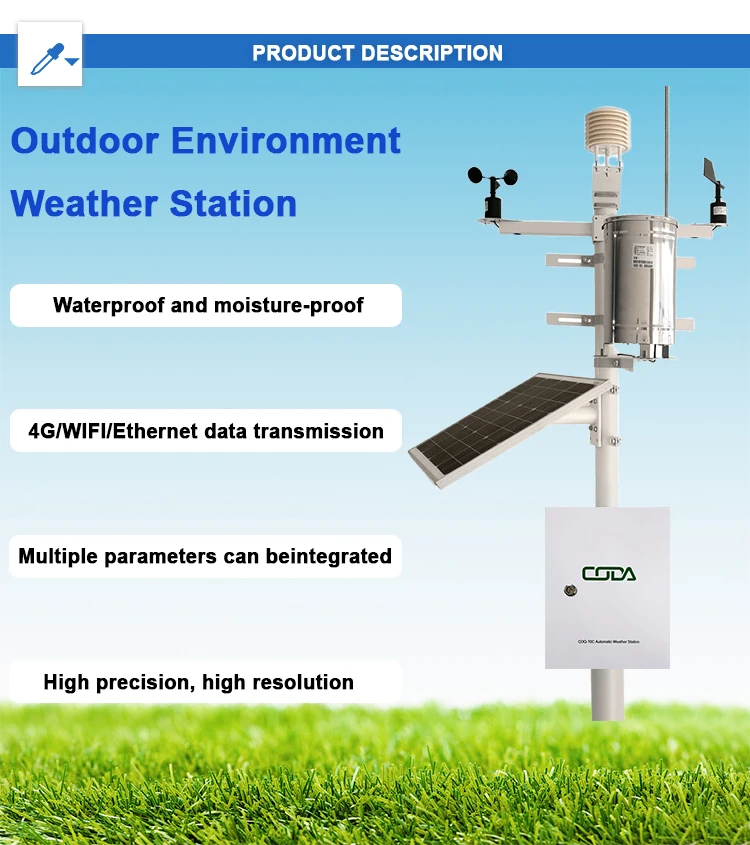
# Advantages and Disadvantages of Automatic Weather Stations
## Introduction
Automatic Weather Stations (AWS) have revolutionized the way we collect and analyze meteorological data. These self-contained systems provide continuous weather monitoring without the need for constant human intervention. While they offer numerous benefits, they also come with certain limitations that users should consider.
## Advantages of Automatic Weather Stations
### 1. Continuous Data Collection
One of the most significant advantages of AWS is their ability to collect data 24/7 without interruption. Unlike manual stations that require human observers, automatic stations can operate continuously, providing a more comprehensive dataset.
### 2. Remote Monitoring Capabilities
AWS can be installed in remote or inaccessible locations where maintaining a manned weather station would be impractical or dangerous. This allows for better weather monitoring in areas that were previously difficult to observe.
### 3. High Accuracy and Precision
Modern automatic weather stations are equipped with sophisticated sensors that provide highly accurate measurements. They eliminate human errors associated with manual readings and can detect subtle changes in weather conditions.
### 4. Real-time Data Transmission
Most AWS systems can transmit data in real-time via various communication methods (radio, satellite, cellular networks). This immediate access to weather information is crucial for applications like aviation, agriculture, and emergency response.
### 5. Cost-effective in the Long Run
While the initial investment might be significant, AWS reduce operational costs over time by eliminating the need for continuous human staffing and maintenance visits.
## Disadvantages of Automatic Weather Stations
### 1. High Initial Costs
Setting up an automatic weather station requires a substantial initial investment. The cost includes not just the equipment but also installation, calibration, and sometimes infrastructure development.
### 2. Maintenance Challenges
AWS require regular maintenance to ensure accurate readings. Sensor calibration, battery replacement, and equipment cleaning can be challenging, especially for stations in remote locations.
### 3. Vulnerability to Environmental Factors
Extreme weather conditions can damage sensitive equipment. Lightning strikes, heavy snowfall, or dust storms can affect the station’s performance or even destroy components.
### 4. Limited Human Oversight
The absence of human observers means there’s no one to notice and correct obvious errors or equipment malfunctions immediately. Some phenomena might be missed without human interpretation.
### 5. Power Dependency
Most AWS rely on power sources (batteries, solar panels) that can fail. Power outages or insufficient sunlight for solar-powered stations can interrupt data collection.
## Conclusion
Automatic Weather Stations represent a significant advancement in meteorological observation, offering numerous benefits in terms of data collection, accuracy, and accessibility. However, their implementation comes with challenges related to cost, maintenance, and reliability. The decision to use an AWS should be based on careful consideration of these factors in relation to the specific application requirements. As technology continues to improve, many of the current disadvantages are likely to be mitigated, making automatic weather stations an even more valuable tool for weather monitoring and research.